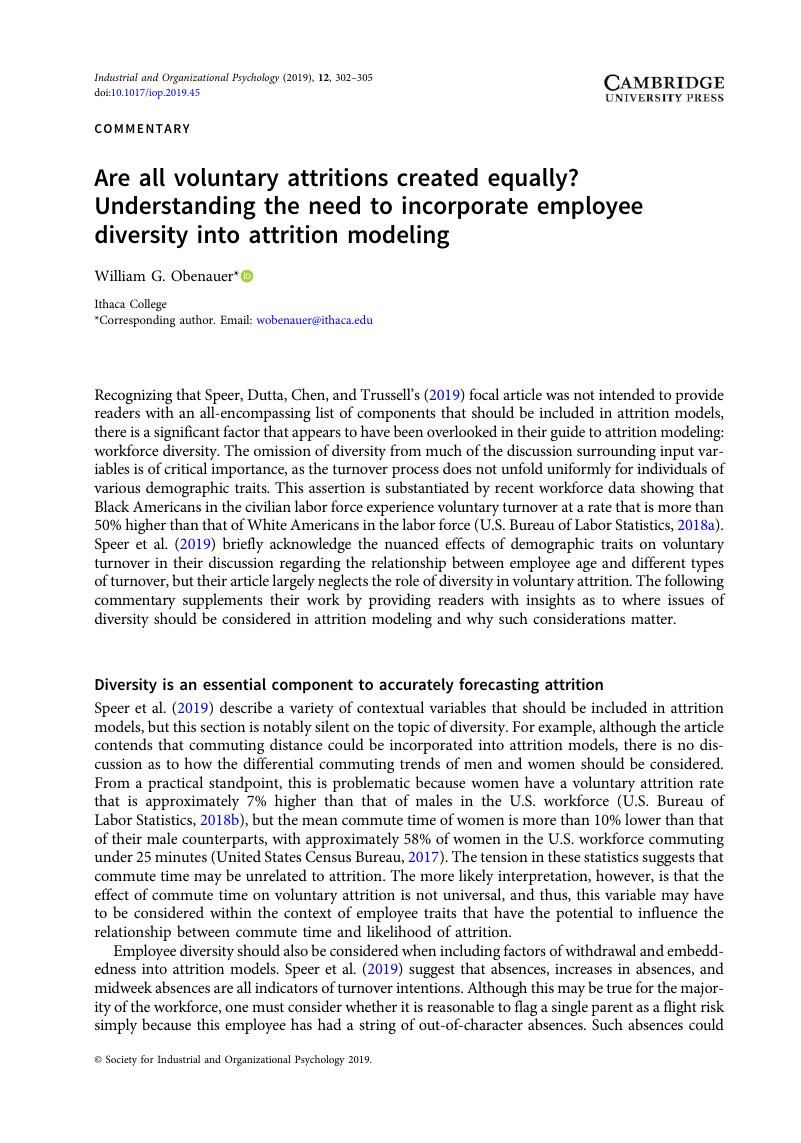Crossref Citations
This article has been cited by the following publications. This list is generated based on data provided by Crossref.
Speer, Andrew B.
2024.
Empirical attrition modelling and discrimination: Balancing validity and group differences.
Human Resource Management Journal,
Vol. 34,
Issue. 1,
p.
1.



